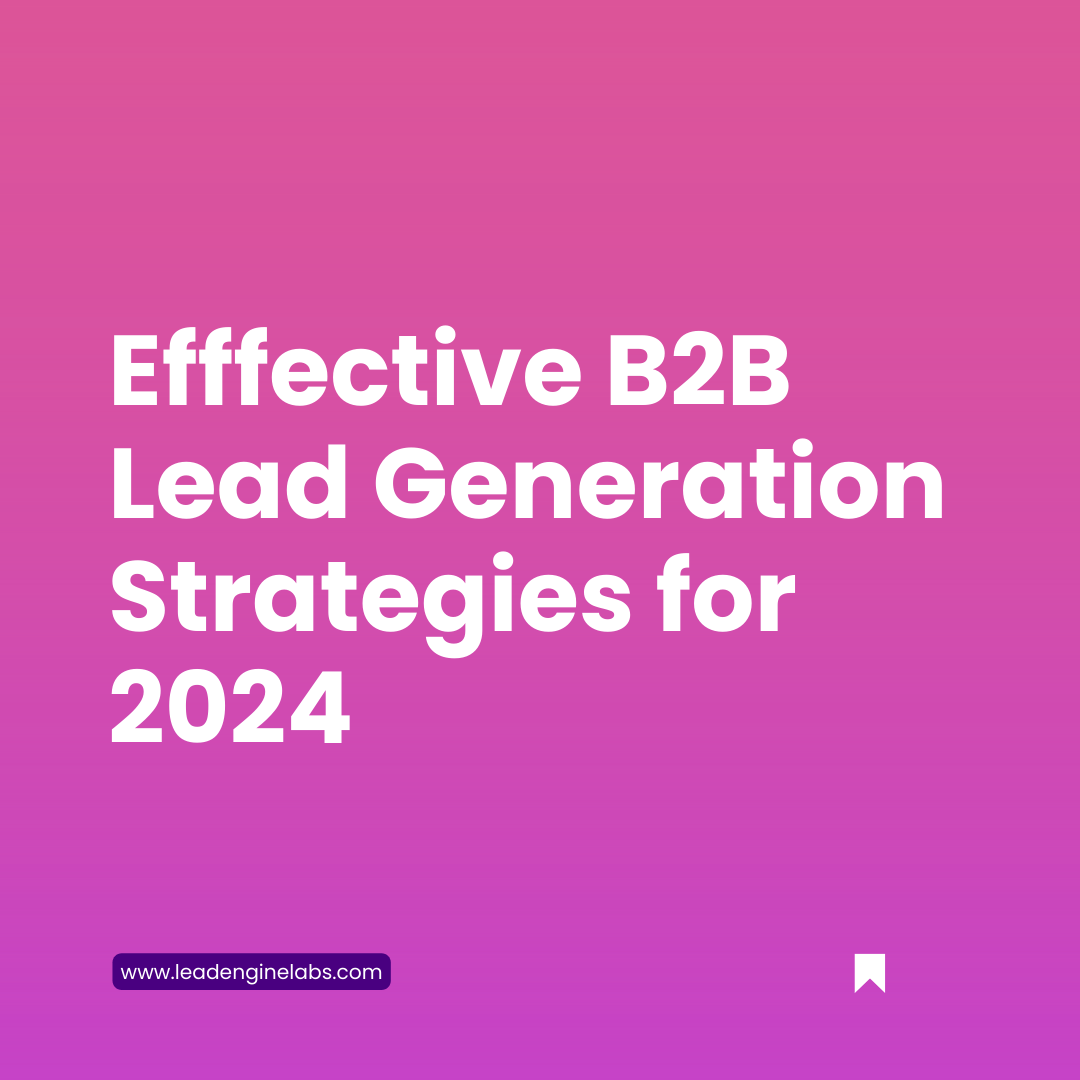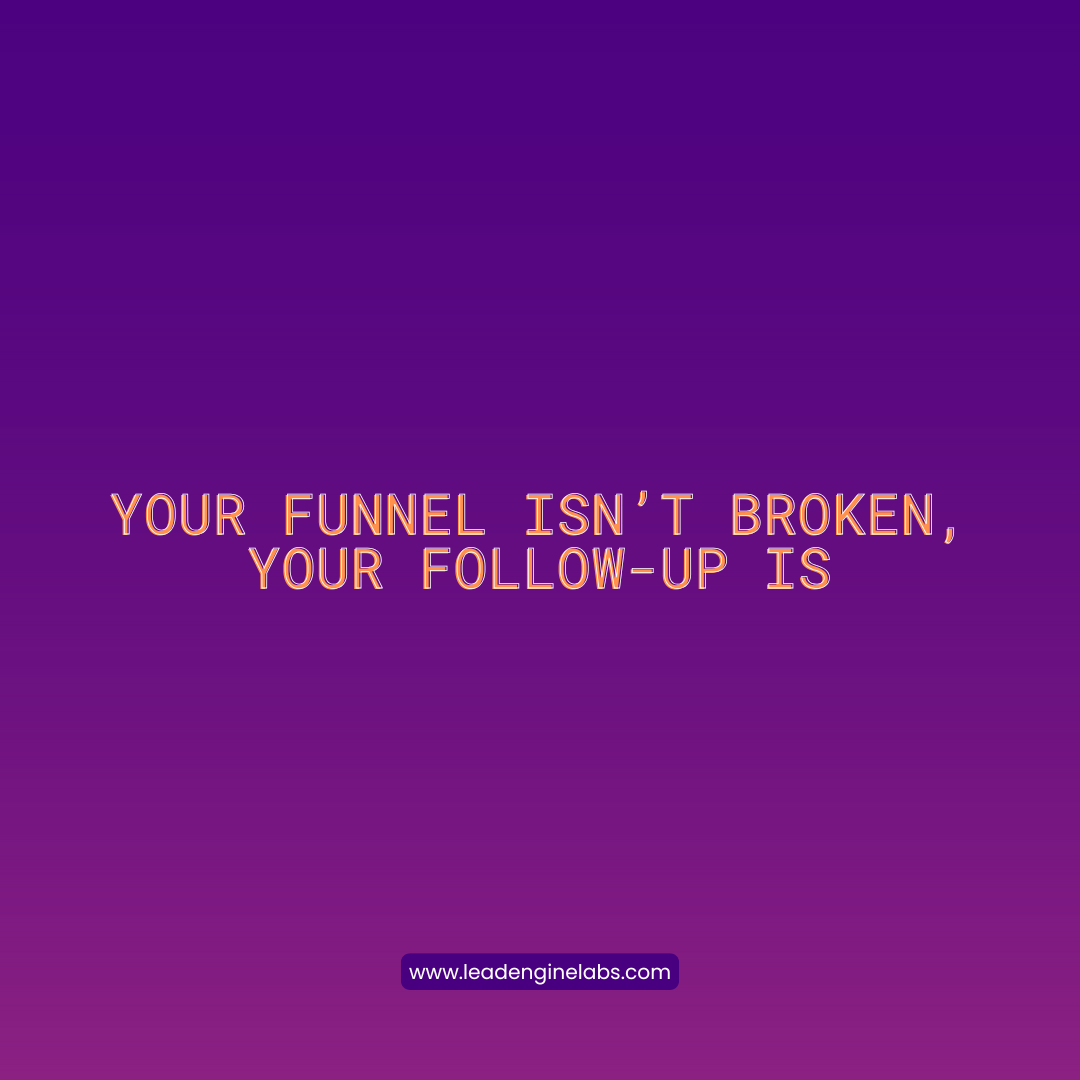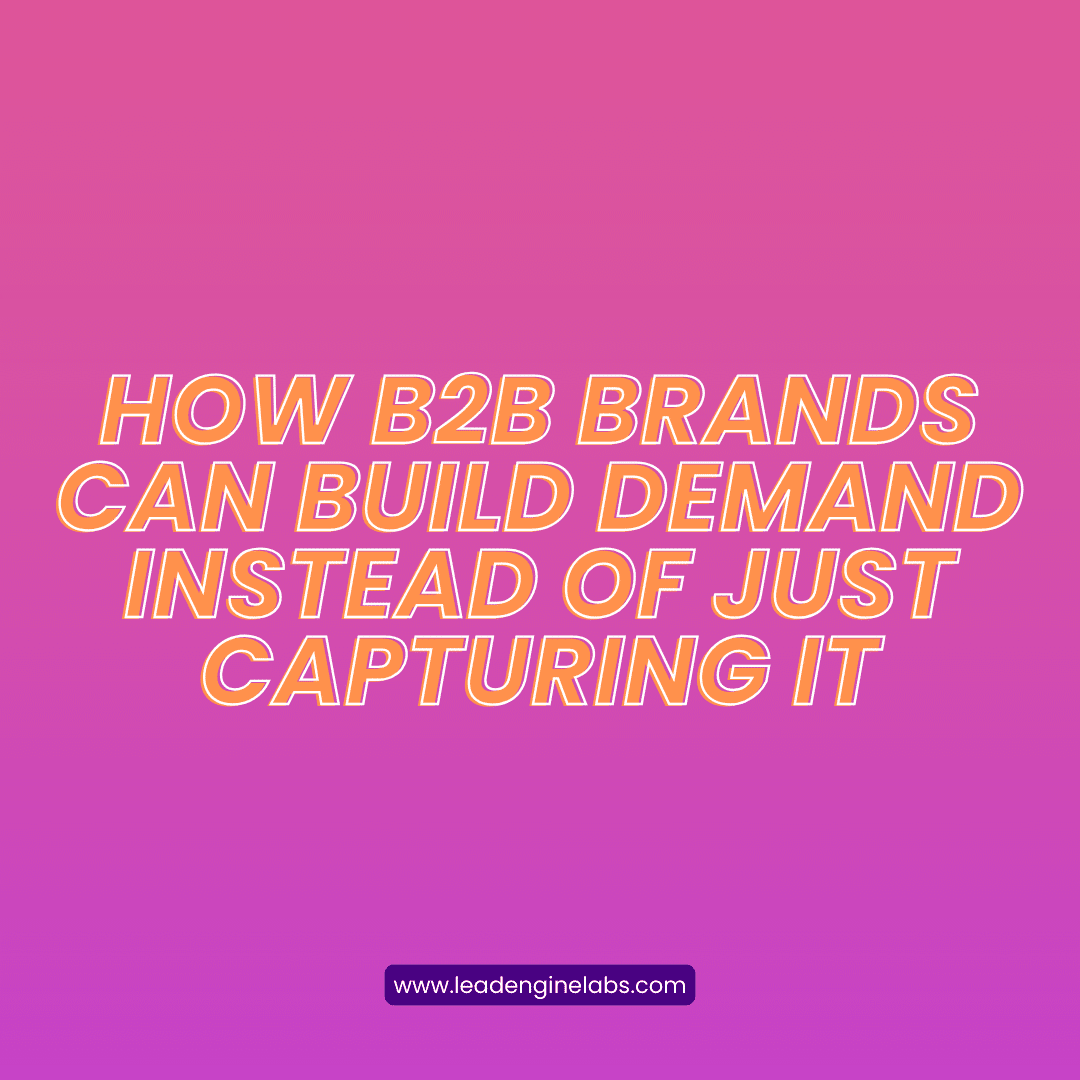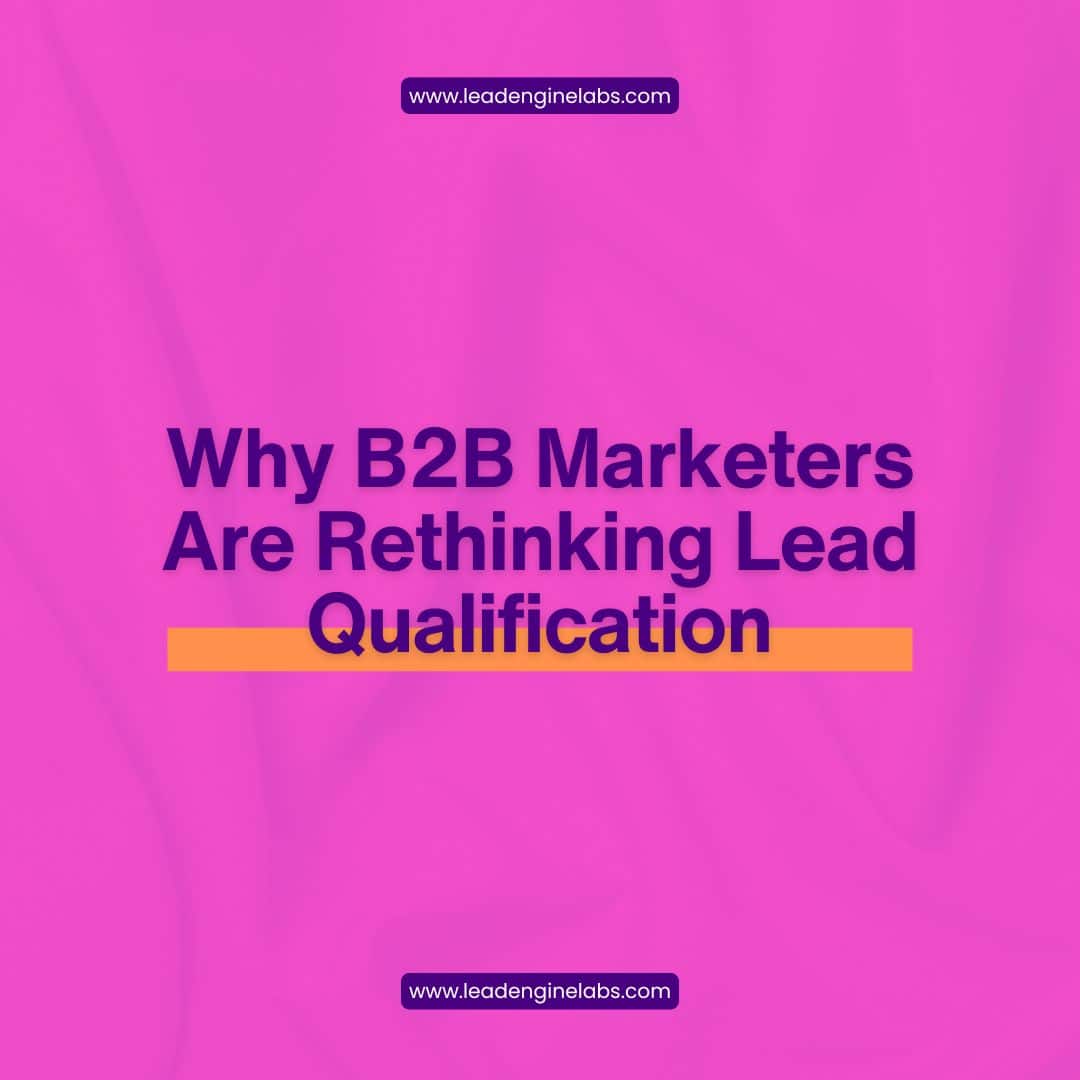Effective lead generation remains a crucial driver of success. As businesses strive to stay ahead of the competition, it’s essential to adapt and implement cutting-edge strategies that resonate with their target audience. The year 2024 promises to be a pivotal year for B2B lead generation, with emerging technologies and evolving buyer behaviors shaping the way companies acquire and nurture leads.
This comprehensive guide aims to provide businesses with a roadmap to navigate the complexities of B2B lead generation in 2024.
By embracing innovative strategies and leveraging the power of technology, companies can unlock new opportunities to connect with potential customers and drive sustainable growth.
Leveraging Artificial Intelligence for Lead Generation in 2024
Artificial Intelligence (AI) is rapidly transforming the way businesses approach lead generation and customer engagement. By harnessing the power of AI, companies can gain a competitive edge and streamline their lead generation efforts.
AI-Powered Lead Scoring:
Lead scoring is a crucial component of any successful lead generation strategy. AI-powered lead scoring takes this process to the next level by analyzing vast amounts of data and identifying patterns that indicate a lead’s readiness to buy. AI algorithms can assess a lead’s behavior, engagement, and demographic data, providing highly accurate lead scores and prioritizing the most promising prospects.
The benefits of AI-powered lead scoring are manifold:
1. Increased Accuracy: AI algorithms can process and analyze data more accurately than humans, resulting in more precise lead scores.
2. Improved Efficiency: By automating the lead scoring process, sales teams can focus their efforts on the most qualified leads, saving time and increasing productivity.
3. Higher Conversion Rates: By prioritizing the most promising leads, businesses can increase their chances of converting them into customers.
AI Chatbots for Lead Engagement:
AI chatbots have become an invaluable tool for engaging website visitors and capturing leads. These intelligent conversational agents can provide instant responses, gather valuable data, and even qualify leads based on their interactions.
One notable example is the use of AI chatbots by a leading software company. By implementing a chatbot on their website, they were able to engage visitors in real time, answer their questions, and capture their contact information for follow-up by the sales team. This strategy resulted in a 25% increase in lead generation within the first six months.
Content Marketing and Personalization
Content marketing remains a cornerstone of effective B2B lead generation. However, in 2024, the key to success lies in creating high-quality, personalized content that resonates with your target audience.
Creating High-Quality Content:
Producing valuable and informative content is crucial for attracting and nurturing leads. Types of content that can be particularly effective in B2B lead generation include:
– Blog Posts: Providing insights, thought leadership, and industry knowledge.
– Whitepapers: In-depth explorations of specific topics or solutions.
– E-books: Comprehensive guides on relevant subjects.
– Case Studies: Real-world examples of successful implementations and outcomes.
By establishing your company as an authority in your industry, you can attract potential customers who are seeking reliable information and solutions to their challenges.
Personalizing Content for Different Segments:
In 2024, personalization will be key to standing out in the crowded content landscape. By segmenting your audience and tailoring your content to their specific needs and pain points, you can create a more engaging and relevant experience.
One effective approach is to use data analytics and buyer personas to identify different audience segments based on factors such as industry, job role, company size, or stage in the buyer’s journey. You can then create targeted content that speaks directly to each segment’s unique challenges and interests.
A leading software company implemented this strategy and saw a 30% increase in lead engagement and conversion rates by delivering personalized content to their target segments.
Account-Based Marketing (ABM)
Account-Based Marketing (ABM) is a strategic approach that focuses on identifying and targeting specific high-value accounts with personalized marketing campaigns. In 2024, ABM will become increasingly important for B2B lead generation as companies strive to maximize their return on investment.
Identifying Target Accounts:
The first step in an effective ABM strategy is to identify the accounts that offer the greatest potential value to your business. This can be accomplished through data analysis and market research, taking into account factors such as:
– Company size and revenue
– Industry and market trends
– Existing customer base and potential for expansion
– Alignment with your product or service offerings
By prioritizing these high-value accounts, you can concentrate your resources on the most promising opportunities, increasing your chances of success.
Creating Customized Campaigns:
Once you have identified your target accounts, the next step is to develop highly customized marketing campaigns tailored to their specific needs and pain points. This can involve a combination of personalized content, targeted advertising, and direct outreach efforts.
A successful example of an ABM campaign comes from a leading cybersecurity company.
They identified a list of high-value accounts in the financial services industry and created a targeted campaign that addressed the unique cybersecurity challenges faced by these organizations. The campaign included personalized emails, targeted social media ads, and a dedicated landing page with tailored content.
This focused approach resulted in a 40% increase in leads from their target accounts and a significantly higher conversion rate compared to their broader marketing efforts.
Utilizing Social Media Platforms
Social media platforms have become a powerful tool for B2B lead generation, providing businesses with opportunities to connect with their target audience, share valuable content, and engage with potential customers.
LinkedIn for B2B Lead Generation:
LinkedIn is widely recognized as the premier social media platform for B2B lead generation. With its vast professional network and robust targeting capabilities, LinkedIn offers businesses a unique opportunity to reach their desired audience.
Effective tactics for leveraging LinkedIn include:
– Publishing Thought Leadership Content: Share insightful articles, blog posts, and industry updates to establish your company as a trusted authority.
– Engaging in Groups: Participate in relevant industry groups, contribute to discussions, and connect with potential leads.
– Targeted Advertising: Utilize LinkedIn’s advertising platform to deliver targeted ads to specific job roles, industries, or company sizes.
According to recent statistics, LinkedIn generates 80% of all social media leads for B2B companies, highlighting its effectiveness as a lead generation channel.
Social Listening and Engagement:
Social listening involves monitoring social media platforms for mentions of your brand, industry keywords, or relevant conversations. By actively listening and engaging with your target audience, you can identify potential leads, gain valuable customer insights, and build relationships.
One example of a successful social listening strategy comes from a leading software company. By monitoring social media conversations related to their industry and engaging with users who expressed interest or asked questions, they were able to capture valuable leads and provide personalized solutions, resulting in a 20% increase in conversion rates.
Webinars and Virtual Events
In the digital age, webinars and virtual events have become powerful tools for B2B lead generation, allowing businesses to connect with a global audience and showcase their expertise.
Hosting Webinars:
Webinars provide an excellent opportunity to educate potential customers, demonstrate thought leadership, and capture leads. To create engaging and effective webinars, consider the following steps:
1. Identify Relevant Topics: Conduct market research and gather insights from your sales team to identify topics that resonate with your target audience.
2. Promote Strategically: Utilize various channels, such as email marketing, social media, and industry partnerships, to promote your webinar and drive registrations.
3. Deliver Value: Ensure your webinar content is informative, engaging, and addresses the pain points of your audience.
4. Capture Leads: Integrate lead capture forms into your webinar registration and follow-up processes.
By delivering valuable content and fostering live interactions, webinars can nurture leads and position your company as a trusted advisor in your industry.
Virtual Events:
Virtual events, such as conferences, trade shows, and networking sessions, offer businesses a unique opportunity to connect with a global audience and generate leads at scale. Successful virtual events require careful planning and execution, including:
1. Compelling Content: Curate a diverse lineup of speakers, panel discussions, and educational sessions that cater to your target audience’s interests.
2. Interactive Experiences: Incorporate interactive elements, such as live Q&A sessions, virtual networking lounges, and gamification, to enhance engagement and lead capture.
3. Robust Platform: Select a reliable and user-friendly virtual event platform that can handle large audiences and integrate with your lead management systems.
A leading cybersecurity company hosted a virtual cybersecurity summit, attracting over 5,000 attendees from various industries. By providing valuable content, interactive sessions, and seamless lead capture, they generated over 1,000 qualified leads and secured numerous sales opportunities.





